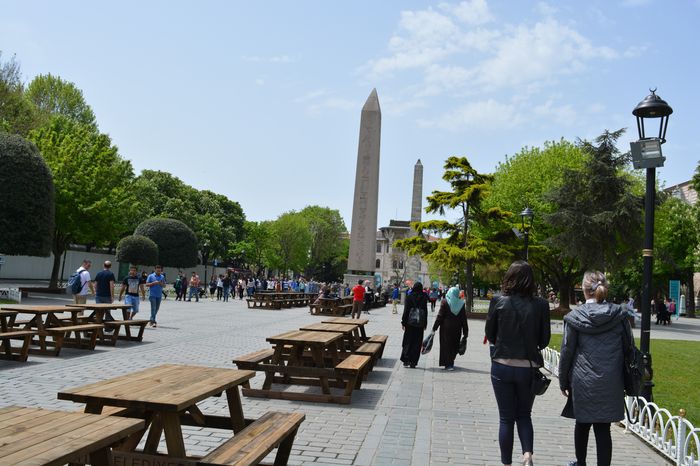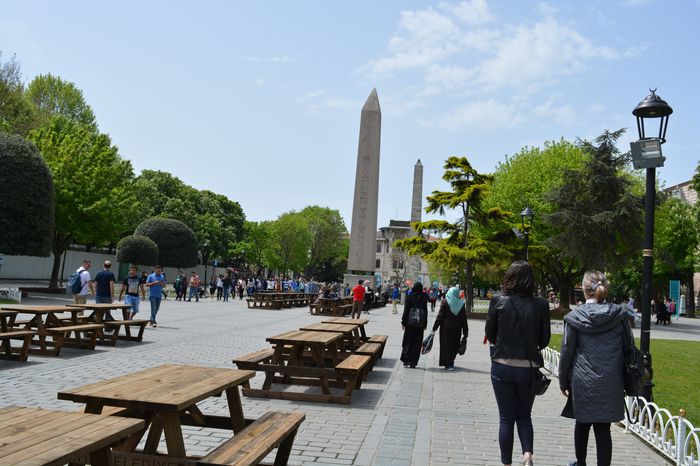Shells Rain on Perustitza’s Sanctuary
Perustitza’s chronicle of horror reached its zenith as the relentless bombardment of the churchyard escalated. The impact of shells exploding within the sacred confines, where only women and children sought refuge, defies the imagination. The sheer terror that unfolded when shells penetrated the high gable windows, tearing through the air with thunderous roars, transformed the once-sacred space into a nightmarish battleground. This pivotal moment demands reflection on the stark contrast between the stoic battlefield and the vulnerable sanctuary within, as the indiscriminate violence of war reached new depths.
The Shattered Calm Unraveling the End of Perustitza’s Siege
As the siege of Perustitza neared its conclusion, the fog of war obscured the details of its final moments. Saturday morning, the day after the devastating bombardment, emerged as a pivotal period marked by uncertainty and conflicting accounts. Piecing together the events proved challenging, as the village struggled to provide a clear and cohesive narrative.
The villagers recount the haunting presence of the Turks surrounding the besieged village throughout Friday. A climate of fear and dread permeated as Bashi-Bazouks lurked outside the gates, striking down anyone who dared to show themselves. The Bashi-Bazouks, often characterized by opportunistic and predatory tactics, preferred to exploit vulnerabilities rather than engage in direct confrontation. The villagers, trapped within the church, faced the grim reality that stepping outside meant confronting the brutal and unscrupulous forces awaiting them.
The bravery of the besieged villagers stood in stark contrast to the opportunistic nature of the Bashi-Bazouks. Despite the imminent threat Balkan Tours, the villagers held their ground, unwilling to succumb to the tactics of those who preyed on the defenseless. The day unfolded in a tense standoff, with the Bashi-Bazouks maintaining their vigil outside the gates.
However, as Saturday morning dawned, a pivotal shift occurred. The Bashi-Bazouks, known for their reluctance to engage directly without securing weapons through deceitful promises, withdrew from the scene. In their place, regular troops took positions, marking a change in the dynamics of the siege. The reasons behind this shift remain shrouded in uncertainty, and the villagers’ accounts vary, leaving a lingering sense of ambiguity about the conclusion of Perustitza’s harrowing ordeal.
The siege’s conclusion, while marking the end of a dark chapter, leaves lingering questions about the motivations and strategies of the assailants. Perustitza, now scarred by the echoes of violence, stands as a testament to the resilience of its inhabitants in the face of overwhelming adversity. The concluding moments of the siege underscore the complex interplay of forces, leaving an indelible mark on the village and a legacy of courage and endurance amid unimaginable horror.


